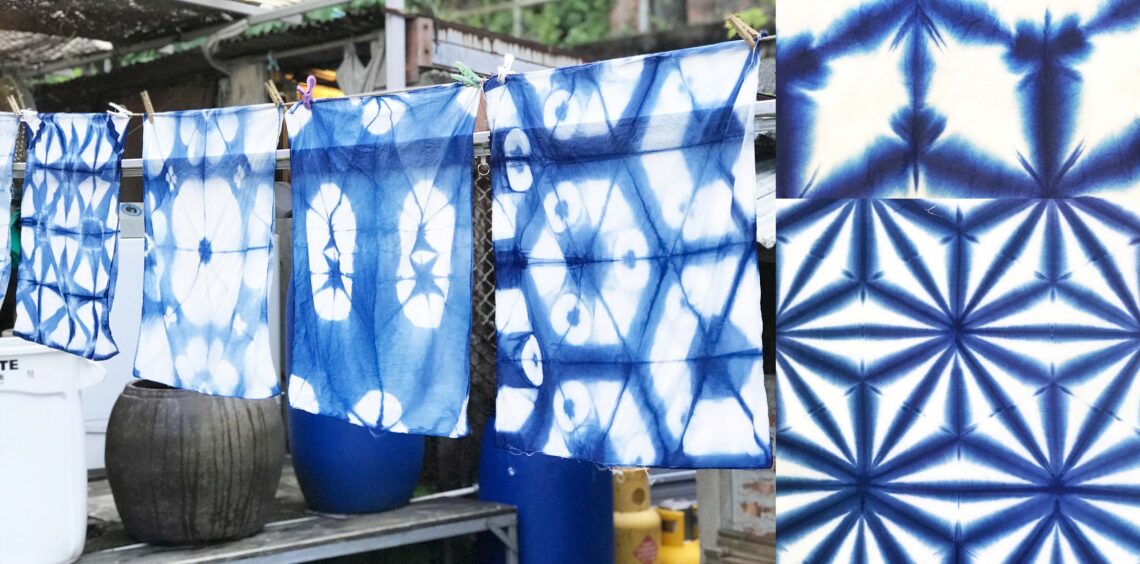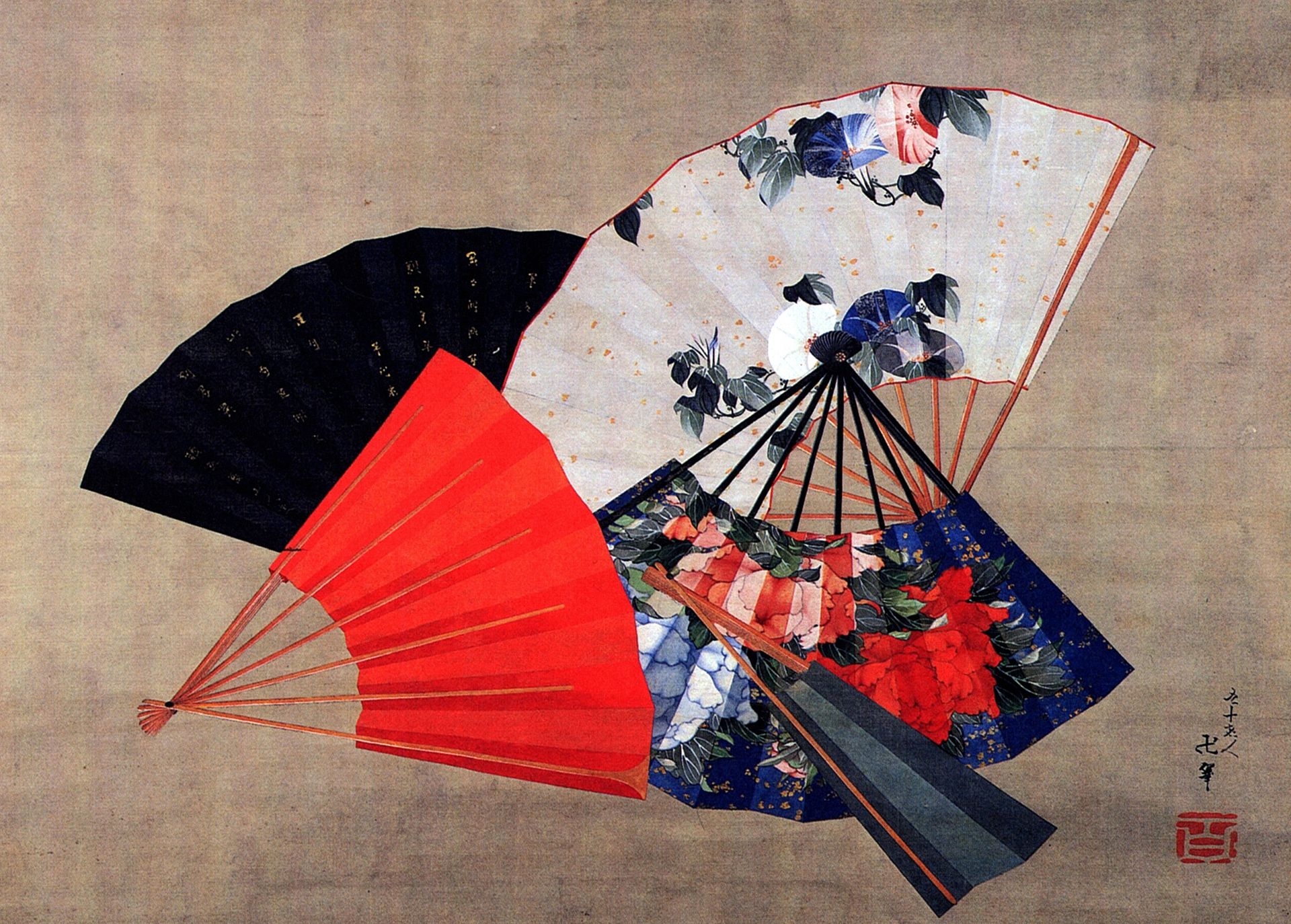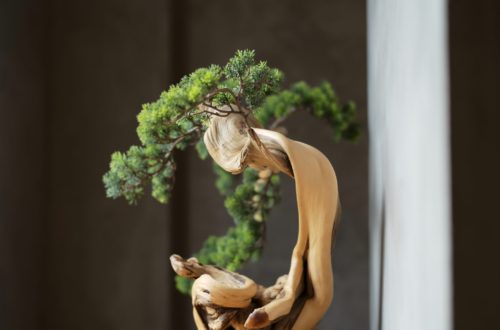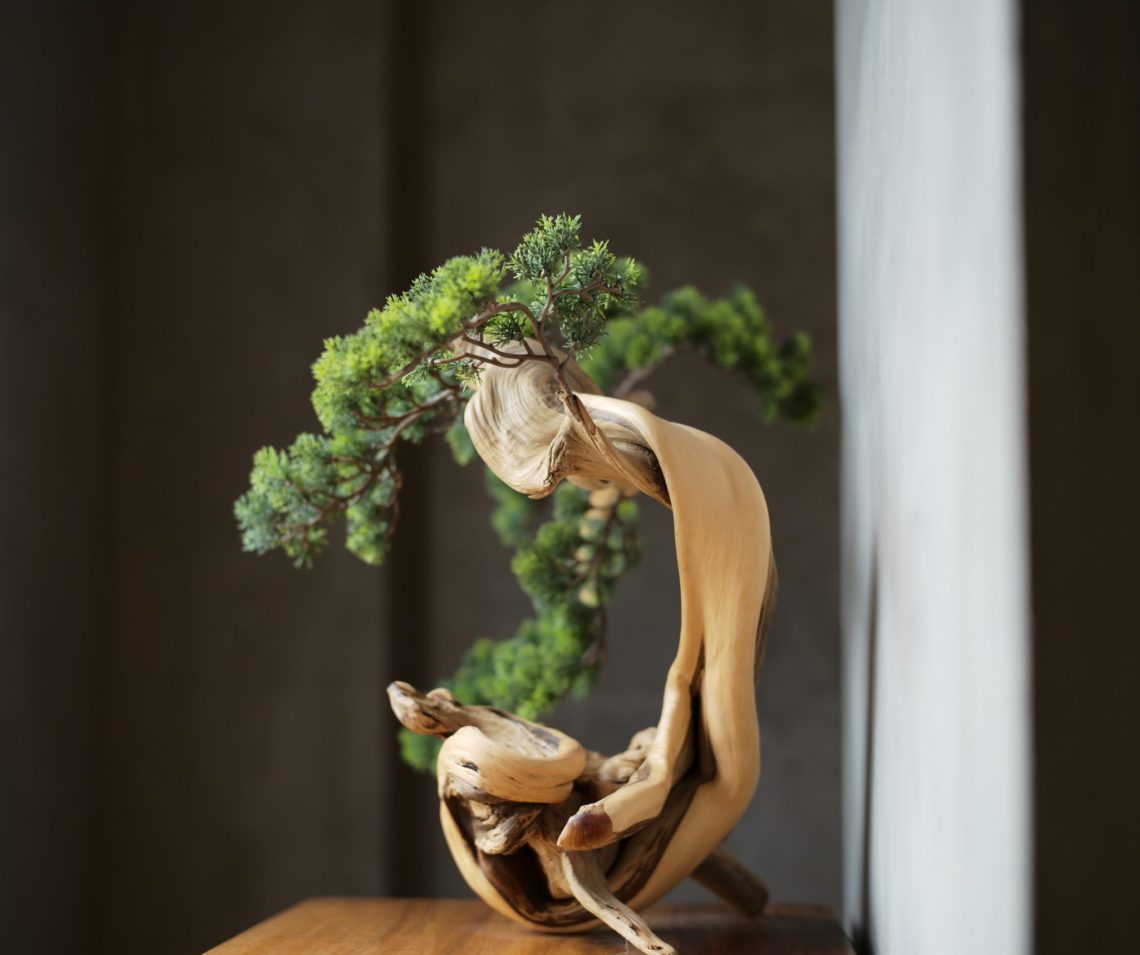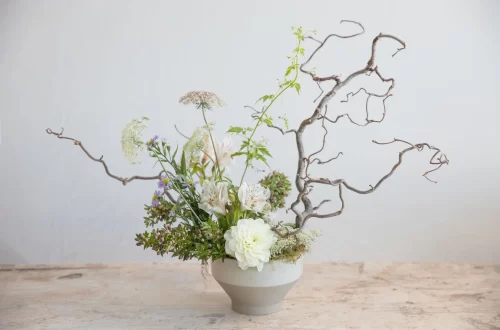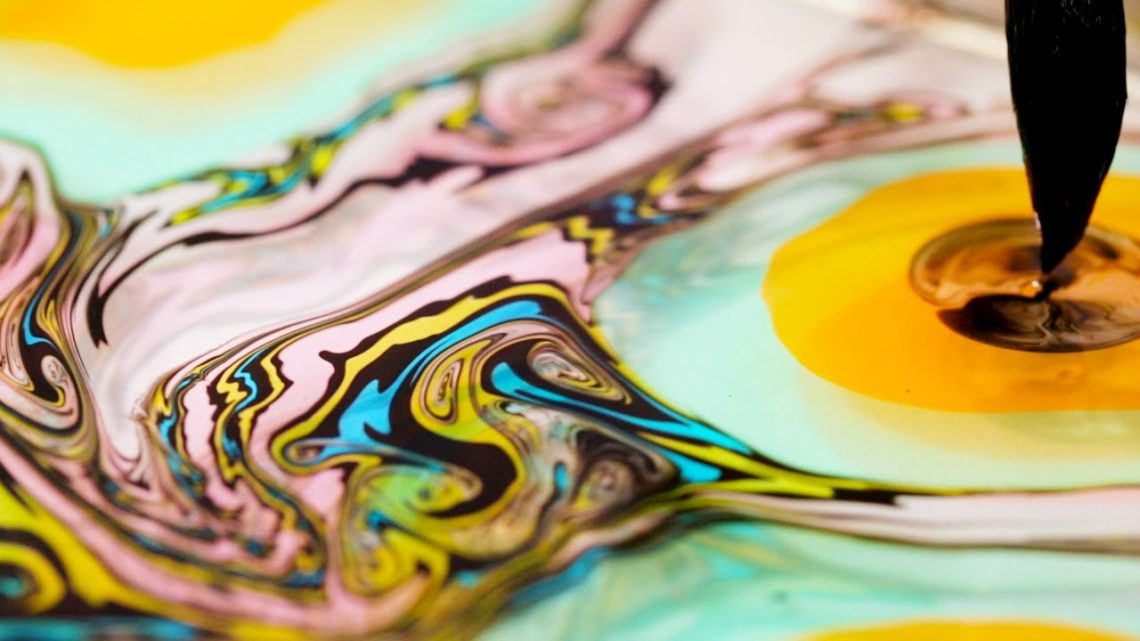Crafts
-
Shibori: A Timeless Japanese Dyeing Technique
Dive into the Artistic World of Shibori Shibori, a captivating form of Japanese manual tie-dyeing, is more than just a way to add color to fabric. It’s an art form that produces stunning patterns through a meticulous process of folding, twisting, stitching, clamping, or compressing fabric before dyeing it. The word “shibori” itself comes from the Japanese verb root “shiboru,” meaning “to wring, squeeze, or press,” hinting at the hands-on nature of this technique. This Japanese technique dates back to the 8th century. Traditionally, a white cloth (usually silk, hemp, or cotton) was folded, bunched, or twisted, then tied, and finally dipped into a natural indigo dye. Over the centuries,…
-
Five Easy Steps for Creative Ikebana
Ikebana is the Japanese art of flower arranging. It is a centuries-old tradition that has evolved over time, but it still retains its core principles of simplicity, asymmetry, and harmony. Ikebana is a great way to bring beauty and peace into your home, and it can also be a fun and creative outlet. Here are 5 easy steps for beautiful floral arrangements. Remember there is no right or wrong way to create an ikebana arrangement! The important thing is to have fun and create something that you find beautiful! Getting Started If you’re completely new to ikebana, here are a few basic things you need to know. First, you’ll need…
-
Bonsai for Beginners
Simply put, bonsai is a form of sculpture with living plants. But there’s nothing simple about it. Grown in a pot, these tiny trees, shrubs or woody herbs are trained to look – and act – like their full-size counterparts. Practiced for thousands of years – with origins in China and deep roots in Japan – bonsai is a collaborative, ongoing and humbling conversation with nature. Bonsai offers the chance to cultivate a deeper relationship with oneself and observe, in detail, the world around us. To learn more about this ancient art form, we spoke with Ted Matson, curator of the world-renowned bonsai collection at The Huntington Library, Art Museum and…
-
A Guide to Ikebana Flower Arranging
The practice of ikebana uses carefully selected blossoms, greenery and other flora to convey a specific feeling or emotion to an observer – just as a painting or sculpture might. “Ikebana” is from the Japanese ikeru (生ける, “to arrange (flowers), have life, be living”) and hana (花, “flower”). Possible translations include “giving life to flowers” and “arranging flowers”.[3] Ikebana (生け花, 活け花, “arranging flowers” or “making flowers alive”) is the Japanese art of flower arrangement. It is also known as Kadō (華道, “way of flowers”). The tradition dates back to the 7th century when floral offerings were made at altars. Later, they were placed in the tokonoma (alcove) of a home. Ikebana reached its first zenith in the 16th century under the influence of Buddhist tea masters and has grown over the…
-
All about Japanese Fans – Uchiwa 団扇 and Sensu 扇子
In ancient Japan, hand fans, such as oval and silk fans were influenced greatly by the Chinese fans. The earliest visual depiction of fans in Japan dates back to the 6th century CE, with burial tomb paintings showed drawings of fans. The folding fan was invented in Japan, with date ranging from the 6th to 9th centuries. It was a court fan called the Akomeogi (衵扇 Akomeōgi) after the court women’s dress named Akome. According to the Song Sui (History of Song), a Japanese monk Chonen (奝然 Chōnen, 938-1016) offered the folding fans (twenty wooden-bladed fans hiogi (桧扇 hiōgi) and two paper fans kawahori-ogi (蝙蝠扇 kawahori-ōgi) to the emperor of China in…
-
Teaching Suminagashi
Kathryn Fanelli, a painter in Amherst, Massachusetts, works with traditional Japanese suminagashi (“floating ink”) techniques — dropping pigments onto the surface of water and mixing them into designs before lifting the image from the water using paper. Fanelli says she began using the technique five years ago after she experienced something similar in a dream. The Eastern approach to art, she adds, allows her to slow down her pace and work in a “relaxed but aware state.” Slowing down to “the speed of one’s breath,” Fanelli says, allows her to pay attention to her thoughts and what is happening with her hands, opening up a new level of awareness. Read more…


